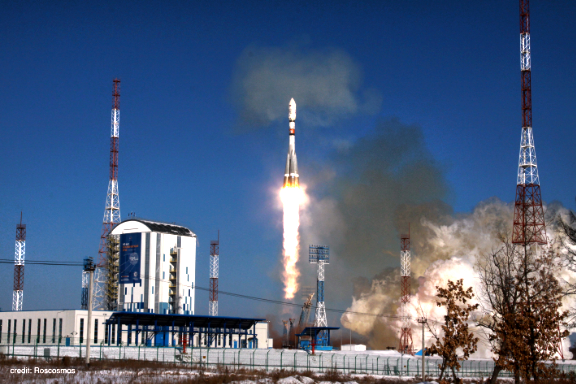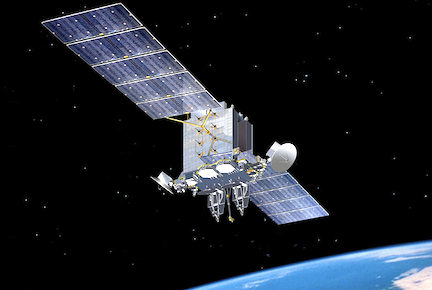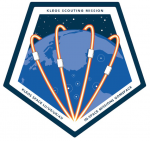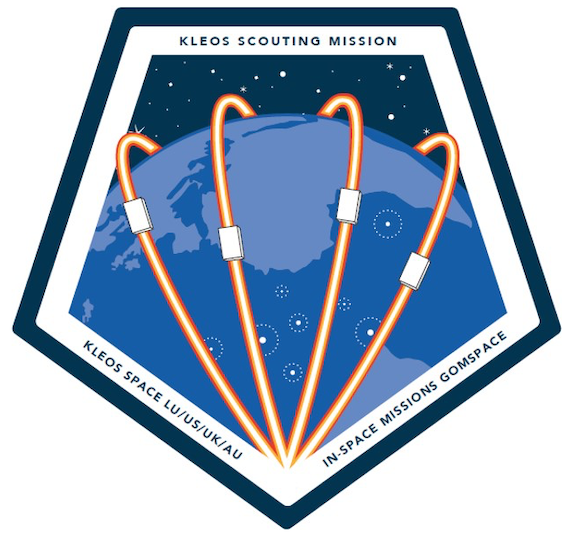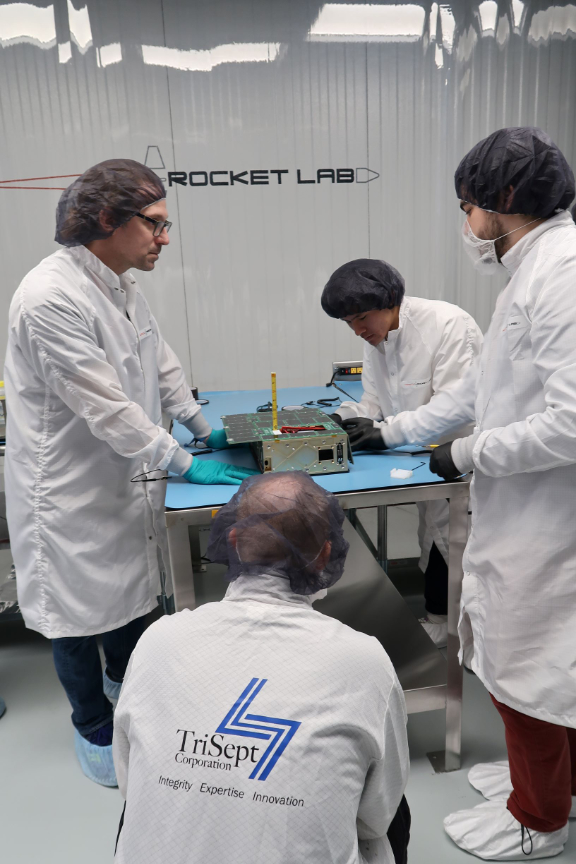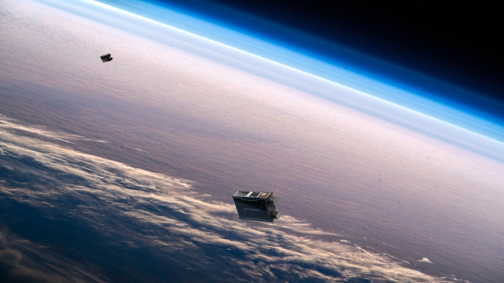
Rocket Lab has reached an agreement to acquire Sinclair Interplanetary, a provider of high-quality, flight-proven satellite hardware — the financial terms of the acquisition have not been disclosed.
The acquisition strengthens the satellite division of Rocket Lab, which produces the Photon spacecraft line and will enable Sinclair to tap into Rocket Lab’s resources, scale, manufacturing capability and innovative technology.
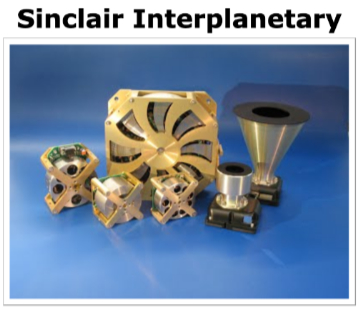
Founded in 2001 by Doug Sinclair, Toronto-based Sinclair Interplanetary develops reliable, best-in-class spacecraft hardware, including reaction wheels and star trackers that support rapid-schedule small satellite programs. More than 90 satellites incorporating Sinclair hardware have been launched to orbit, including Rocket Lab-launched satellites from AstroDigital, ALE, and BlackSky.
The Sinclair team has been entrusted with developing hardware for world-first missions: BRITE, the world’s smallest space telescope; and The Planetary Society’s LightSail 2, the first satellite in Earth orbit to be propelled solely by sunlight. Satellite communications company, Kepler Communications, has also selected Sinclair reaction wheels for its constellation of 140 Internet of Things (IoT) satellites currently in development.
Rocket Lab will look to leverage Sinclair Interplanetary’s strong brand and equally impressive heritage of innovation, quality, and execution. Sinclair products will be key features of Rocket Lab’s in-house designed and built Photon satellite platforms, and Rocket Lab will bring additional resources to grow Sinclair’s already strong merchant spacecraft components business.
Rocket Lab Founder and Chief Executive, Peter Beck, said that by combining the experience and capabilities of both companies, Rocket Lab will deliver reliable and flexible satellite and launch solutions that enable customers to do more, spend less and reach orbit faster. Doug Sinclair and his team at Sinclair Interplanetary are recognized as industry leaders and, like Rocket Lab, they produce best-in-class solutions that satellite operators know they can count on. Sinclair’s dedication to quality and reliability aligns perfectly with Rocket Lab’s commitment to mission success. The company is thrilled to welcome Doug and the entire Sinclair team to the Rocket Lab family.
Doug Sinclair added that Rocket Lab has played a pivotal role in making it easy for small satellites to access space. By operating as one company, there is now the opportunity to do the same for satellite manufacturing and make Sinclair hardware available to more customers globally. The firm will be able to supply larger constellations than before and take our hardware out to the Moon and beyond.








